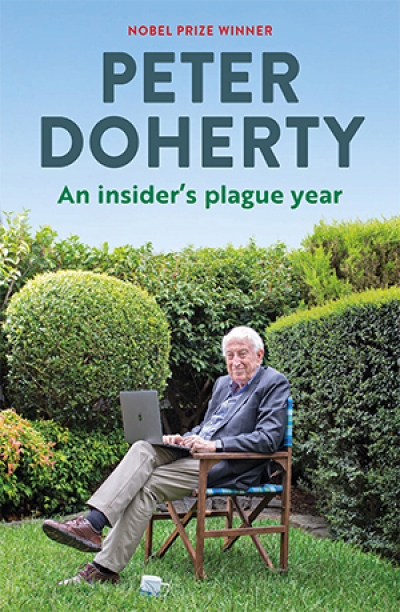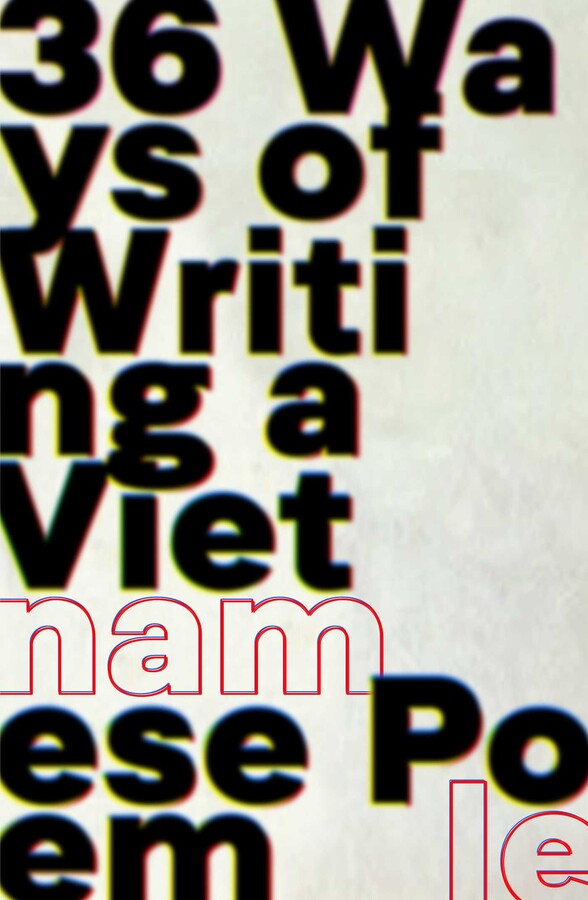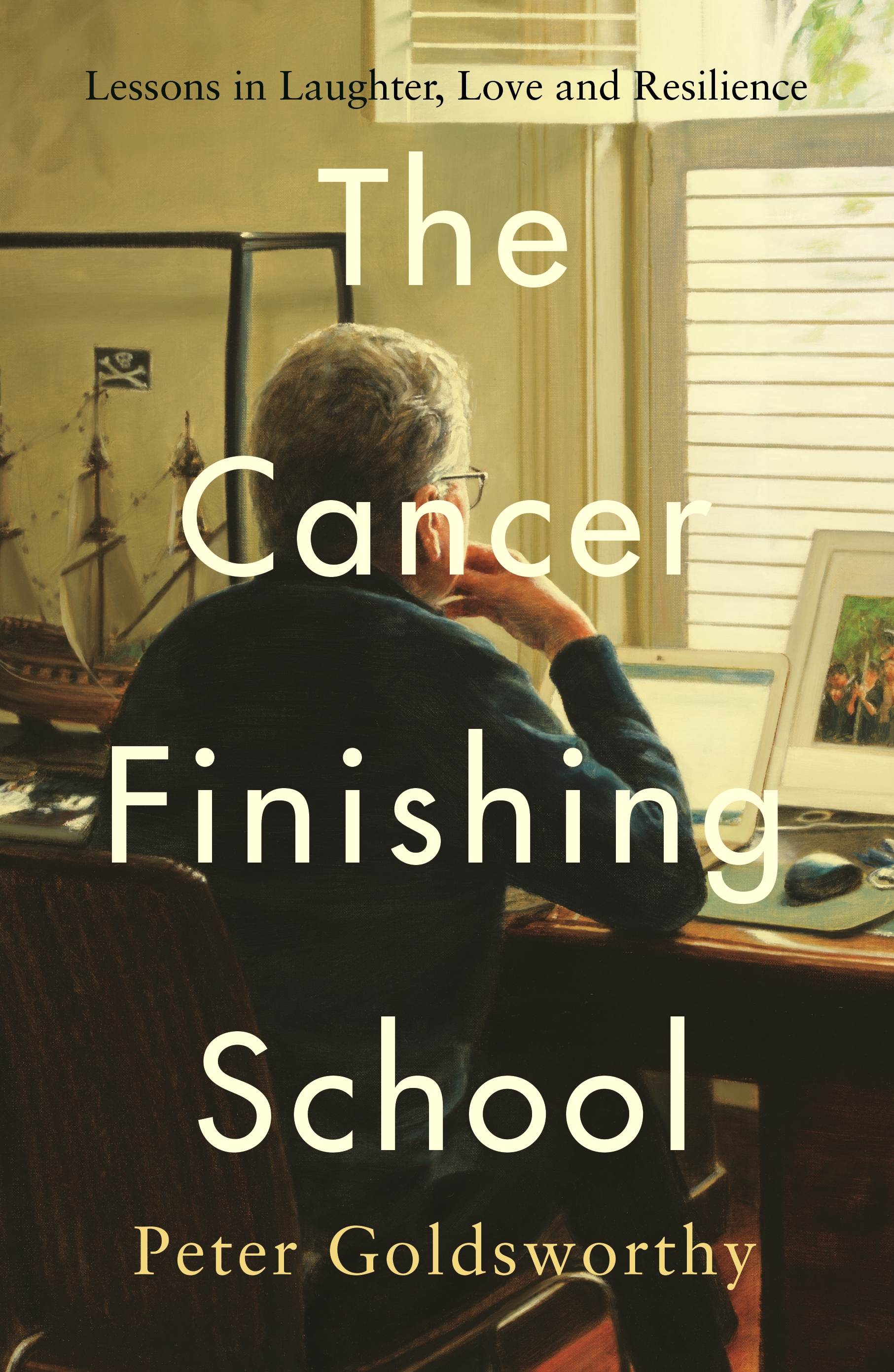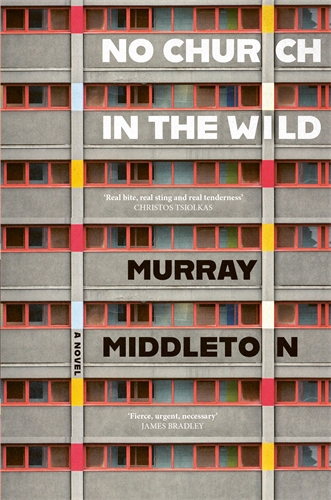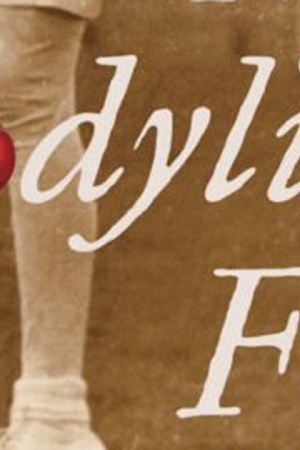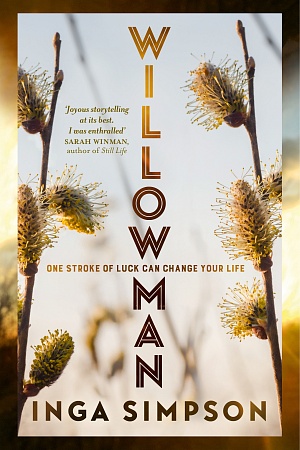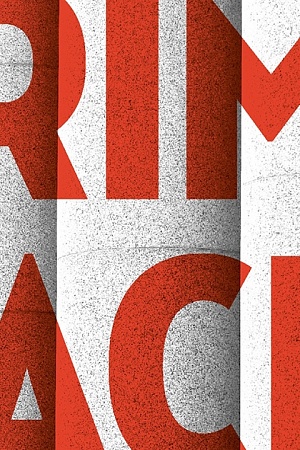An Insider’s Plague Year
Melbourne University Press, $32.99 pb, 256 pp
All things infectious
The collective dislocation that followed the advent of Covid-19 generated (and continues to generate) a slew of books intended to make sense of the turmoil. Encompassing Slavoj Žižek’s anti-capitalist treatise Pandemic! (2020) and books for children such as Eoin McLaughlin and Polly Dunbar’s While We Can’t Hug (2020), the responses have ranged from considered attempts to apprehend the pandemic’s scientific, political, and social parameters to those designed to do little more than catch the Covid wave before it passes. Regrettably, Peter Doherty’s An Insider’s Plague Year tends more towards the latter.
Doherty – one of the most prominent Australian commentators on Covid’s pathology and spread – is well qualified to write an account of our first year living with the SARS-CoV-2 virus. Having transferred from veterinary science into medical research, Doherty has for almost six decades dedicated himself to the ‘infectious disease and death game’. He has earned a host of prestigious awards, including the 1996 Nobel Prize for his discovery, with immunologist Rolf M. Zinkernagel, of the mechanism by which the immune system is able to recognise virus-infected cells.
When the first reports of a SARS-like disease affecting patients in Wuhan, China, began to surface in January 2020, Doherty was semi-retired from Melbourne’s Peter Doherty Institute (PDI). When, on January 25, the first Australian case of Covid was detected (in a traveller recently returned from Wuhan), researchers at the PDI were able to isolate and distribute to scientists worldwide a live version of the virus, a necessary precursor to the hunt for an effective vaccine.
Given its expertise in immunology and virology, the PDI was inundated with Covid-related media enquiries. Doherty volunteered to become part of the institute’s communications team, and began writing a weekly series of articles (called Setting it Straight) ostensibly aimed at a lay audience and discussing ‘all things infection and immunity’. The bulk of An Insider’s Plague Year comprises the first forty-two of these articles. Covering an array of topics – the autoimmune system, the pathogenesis of Covid, winning the Nobel Prize – the early articles are largely penetrable and proffer some interesting asides. The word ‘vaccine’ derives from the Latin word for ‘cow’, while ‘immunity’ comes from the Latin for ‘without tax’; we each produce one to one and a half litres of mucus a day; anti-vaxxers were a problem even in the nineteenth century; and in the aftermath of World War II the British government ran research experiments at the Common Cold Unit where the ‘quality and quantity of snot’ from twenty thousand volunteers bivouacked in old army huts was analysed.
In the later articles, Doherty’s focus pivots to the mechanics of our immune system. Notwithstanding Doherty’s desire to inform readers about the strategies – both innate and vaccine-assisted – by which we are able to confront viruses such as SARS-CoV-2, the writing becomes increasingly technical and abstruse. Even with a key to the acronyms and abbreviations that litter the articles, most non-specialist readers will struggle to decipher sentences such as: ‘the biochemists who were trying to “mark” virus-specific CD8+ CTLs using an isolated (in fluid phase and unattached to cell surface) pMHCI molecular complex tagged with a fluorescent dye found that this did not attach tightly enough to its “cognate” CR for the T cells to stay labelled’.
There is also a lack of basic contextual information. For example, we are not given the dates when the Setting it Straight articles first appeared, and we can thus only partially glean the underlying timeline of the virus’s spread. Covid’s worsening socio-political impact, the emergence of variant strains, and progress towards a vaccine are equally difficult to map.
Doherty lacks the gift for metaphor that science writers such as Steve Jones and Siddhartha Mukherjee deploy with such skill, and where he does offer analogies, they are generally strained. The Wars of the Roses and Macbeth are offered as a prelude to a discussion of the role of white blood cells in defeating viral infections, while a strange ‘sci-fi dream sequence’, complete with aliens docking with ‘regally attired store mannequins’, is used to explain antibody responses.
Indicative of several questionable editorial decisions, An Insider’s Plague Year opens with an expansive administrative history of the PDI, more suited to an annual report than a book aimed at the scientifically curious. There are also basic errors: for example, the date on which Wuhan doctor Li Wenliang alerted colleagues to a SARS-like disease is given as December 2021, rather than December 2019.
A concluding chapter covering those with whom Doherty liaised during 2020 – from the team developing the next generation of Covid vaccines to the minute-taker at the weekly strategy meetings – gestures towards the collaborative and cumulative nature of scientific discovery. However, without any overarching narrative – such as that in Sarah Gilbert and Catherine Green’s Vaxxers (2021) – it’s a rollcall that inclines towards the desultory.
The book is padded with introductory essays Doherty contributed to various publications in 2020: reflections on the issues humanity may face over the next eighty years; an introduction to a collection of political cartoons; a foreword for a volume of science essays. While they demonstrate the personable if occasionally self-absorbed style of Doherty’s less overtly scientific writing, they add little to the Covid story.
Curiously, what is missing from many of the articles is an enlightening sense of Covid. As such, An Insider’s Plague Year often reads like Hamlet without Hamlet. Nothing of note has been gained by gathering these disparate pieces together. If not a cynical publishing exercise, it is nevertheless a lazy one.

